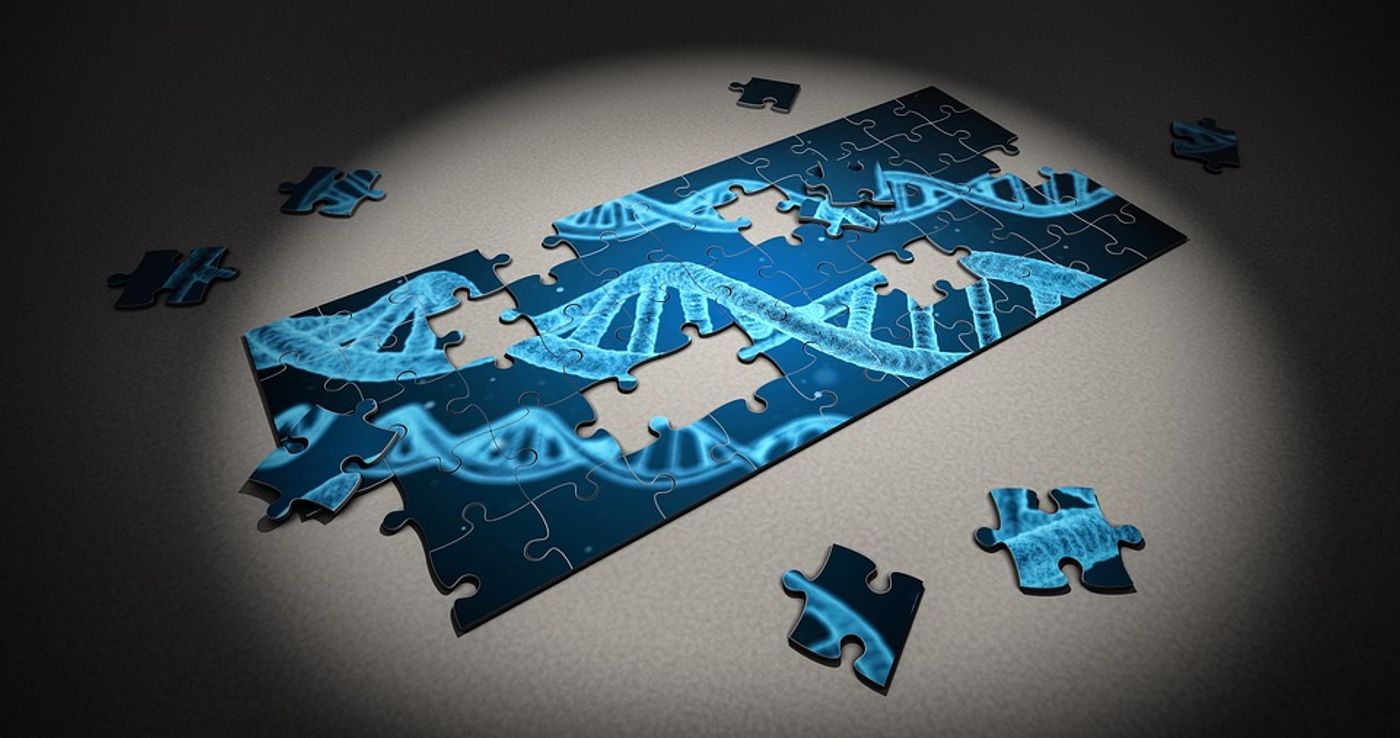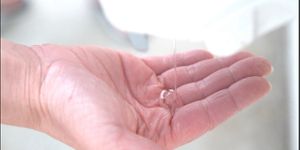Mutants Are Everywhere - You're One Too
We all carry basically the same set of genes, but individuals can carry variations in the sequences of those genes. Some of those variations are common and carried by many people, and may have an impact on some aspect of our health or physiology. In other cases, there are differences that are much rarer - mutations in our DNA sequences, some of which can exert powerful influences on us, while others are more benign. Scientists at the University of Utah (U of U) have shown that all of us carry genetic mutations, but some people are more likely to pick them up than others. Their findings have been reported in eLife.
Out of roughly six billion bases in our genome, we’re born with about 70 new genetic errors compared to our parents. Some people are born with two times the number of mutations as others, however, and the tendency to collect them runs in families. Father's age plays a role; if a child’s father has two children, one at the age of 25 and one at 35, the child born when dad was 35 is likely to carry more genetic mutations than their older sibling born to a younger father.
"The number of mutations we pass on to the next generation increases with parental age," explained the lead author of the work, Thomas Sasani, a graduate candidate in human genetics at U of U Health. This study confirms previous research that demonstrated this effect.
In this study the researchers sequenced the entire genomes of 603 people belonging to 33 three-generation Utah families. The scientists determined that while parental age has an impact, that influence also varies dramatically based on the family. In one family, for example, a child born later to an older father carried two extra mutations compared to their sibling born ten years earlier, when the parents were younger. In another family, a sibling born ten years later carried thirty extra mutations compared to their older sibling.
"This shows that we as parents are not all equal in this regard," said the senior study author Aaron Quinlan, Ph.D., a professor of human genetics at U of U Health and associate director of the Utah Center for Genetic Discovery. "Some of us pass on more mutations than others and this is an important source of genetic novelty and genetic disease."
The effect of these mutations is of course entirely dependent on where in the genome they occur. We carry about 20,000 genes but there are lots of regions of the genome that don’t code for protein and have unclear functions. While some mutations can have devastating impacts, others don’t have any apparent influence. These mutations do, however, accumulate over generations.
If the so-called mutational load increases too much, it might have a deleterious effect and make a person more susceptible to illness, noted Sasani. We don’t yet know, however, whether a high rate of genetic mutation increases the likelihood of disease. Learn more about the types of genetic mutations from the video.
Most new mutations originate in the father’s sperm, but about one in five come from the egg of the mother. Mutations don’t increase as mom gets older either. The researchers estimated that one out of ten new mutations aren’t inherited from either parent and instead spontaneously arise in the embryo.
The number of mutations found in each family varied widely, in a surprise to the researchers. They were expecting more similarities because the ancestry of everyone was relatively similar, they live in the same region and have comparable lifestyles.
"We don't know what's driving the variability," he added, but suggested that many factors, including genetics, environment, and exposure to mutagens, are involved. Larger studies including more people from wider regions may show that "variability in mutation rates worldwide must be much, much larger," said Quinlan.
Sources: AAAS/Eurekalert! via University of Utah, eLife









